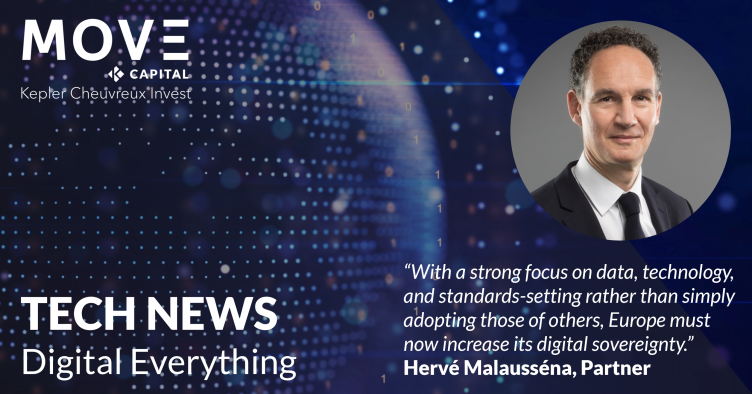Topic #1: Digital Citizenship, Digital Inclusion, what are they and what to do of them?
Who are the Digital Citizens? You are a digital citizen if you utilize the internet. How we behave and communicate online is determined by our level of digital citizenship. They include the beliefs, behaviors, abilities, knowledge, and critical thinking required to properly navigate the rapidly changing digital environment and to mold technology to suit our needs rather than allowing it to mold us.
People's lives are altering due to digital technology. By making this shift beneficial to both individuals and companies, the EU hopes to meet its goal of having a climate-neutral Europe by 2050. The Commission is committed to making this the "Decade of Digital" in Europe. With a strong focus on data, technology, and standards-setting rather than simply adopting those of others, Europe must now increase its digital sovereignty.
The EU Digital Citizenship Working Group outlined five pillars in a paper called A Europe Fit for the Digital Age: digital foundations, digital well-being, digital engagement and media literacy, digital empowerment, and digital opportunities, on which a revitalized vision of digital citizenship should stand. Its notion of "digital citizenship" emphasizes minimizing potential drawbacks while maximizing potential gains from employing these technologies.
Because of the Covid-19 epidemic, more people are using technology for teleworking and online learning. The use of technology has significantly impacted student learning. For instance, it made it simple for them to access more resources, it promoted self-paced learning, it helped them become more prepared for careers in the tech sector, it enhanced their ability to multitask and solve problems, and it can be used in the classroom as a tool to help students learn in new ways. Students and adults can learn more about human rights violations and how to safeguard oneself from fraud and misinformation with the proper internet usage.
Along with a push for media literacy and making sure that technology users can assess the reliability of online content and spot any false or misleading information, a focus on digital skills is being made. According to the group, doing so while preserving people's right to free speech will necessitate collaborations between digital regulators and platforms.
In the context of emerging technologies like the metaverse, the spread of misinformation during the COVID-19 pandemic, for instance, emphasized the necessity for platforms to step up and become more proactive in addressing these challenges.
Topic #2: What is a digital twin and how can companies leverage it?
Since there are many alternative ways to define digital twins, it's crucial to start by providing an answer. A virtual representation of a real asset, person, or process is what we understand a digital twin to be. The twin consists of a layer of behavioural insights drawn from the data, visuals, and data gathered from many sources. A straightforward 3-D rendering or standalone simulation, however, would not be regarded as a digital twin. It can be expanded upon to create more visualizations, "what if" scenarios, and AI use cases.
As an illustration, a digital twin might offer a 360-degree view of customers, encompassing all the information that a company's business units and systems gather about them, such as buying patterns both online and in-person, demographic data, payment options, and customer service interactions. It would also produce data-driven insights, such as the typical duration of a customer support call. Customer churn propensity models or a basket of the following products a customer would likely purchase are two examples of AI use cases that could benefit from the twin.
As an alternative, the twin might simulate the operation of real-world assets or procedures (such as a complete factory production line or important pieces of machinery) and produce data on typical equipment downtimes or typical completion times for product assemblies. It may support AI use cases for predictive maintenance, process automation, and process optimization.
Since development teams do not have to spend time cleaning and reorganizing raw data each time an application is built, digital twins reduce the time to market (and value) for many apps and use cases. As a result, we frequently discover that the use of digital twins can cut down on capital and operating expenses by up to 15% and deployment times for new AI-driven capabilities by up to 60%. They can boost business productivity by roughly 10%.
Digital twins are becoming more and more important to CEOs, who even discuss them more frequently on earnings calls. According to a McKinsey analysis, 70 percent of large companies' C-suite IT leaders are investigating and funding digital twins. With a 58 percent compound annual growth rate, market projections for digital-twin investments are expected to reach more than $48 billion by 2026 because of this enthusiasm and quickly developing enabling technologies. We're already witnessing some sophisticated implementations.

